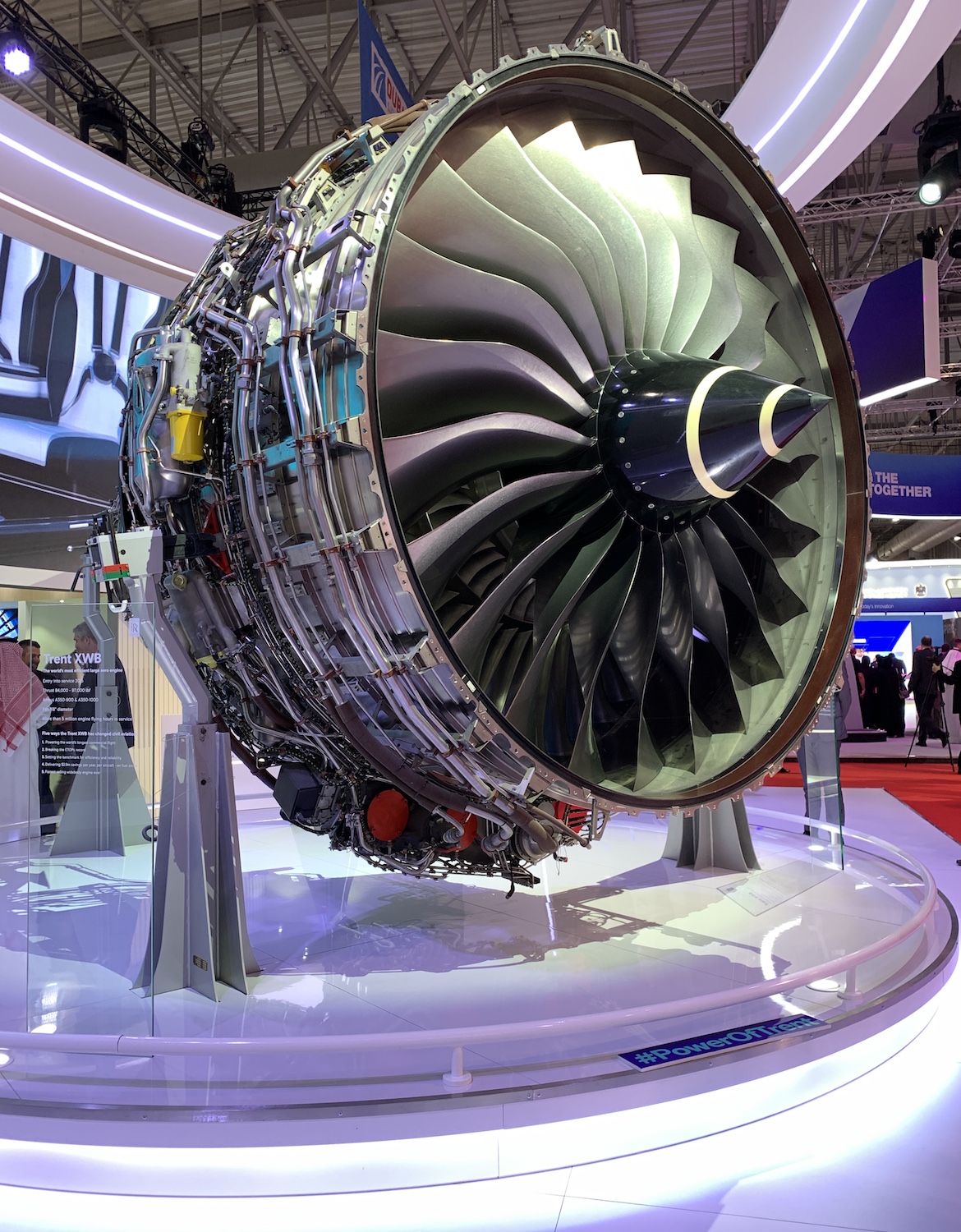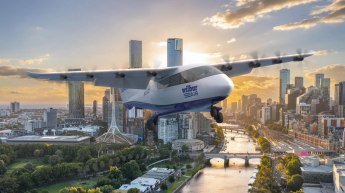
Air New Zealand has reduced flights to Perth and Sydney over the Christmas/New Year period due to required checks on its Boeing 787-9 fleet’s Rolls-Royce engines.
As a result, a seasonal two times weekly flight between Christchurch and Perth is no longer going ahead this summer. Also, Air New Zealand said on Monday it would not operate a second daily Auckland-Perth nonstop flight between December 10 2019 and January 5 2020.
There have also been flight cancellations on the Auckland-Sydney and Auckland-Tonga routes.
Passengers affected by those schedule changes would be contacted by the airline or travel agent, depending on where the booking was made.
Air New Zealand has been hampered by issues with the Trent 1000 TEN engines that power a number of its 787-9 aircraft since 2017 due to durability issues with the high pressure turbine (HPT) blades.
Those durability issues have led to more regular maintenance checks, as mandated by an airworthiness directive from the European Union Aviation Safety Agency (EASA).
“Rolls-Royce does not have any replacement engines available while maintenance work is undertaken and has advised Air New Zealand there’s significant wait for repair services,” Air New Zealand said in a statement on Monday.
The airline has leased two 777s as cover during busier times and currently had an EVA Air 777 in its fleet.

Air New Zealand senior fleet manager for the 787 Captain Dave Wilson said the airline had been performing regular precautionary checks on its Trent 1000 TEN engines since April.
Further, it was looking to fast-track the required maintenance from Rolls-Royce.
“Based on the maintenance needs of our engines, we expect some will need to be inspected in December and January and then serviced by Rolls-Royce offshore and unfortunately Rolls-Royce has no capacity to alleviate this pressure,” Captain Wilson said.
“We have 14 787-9 Dreamliner aircraft in our fleet and four spare engines to power these. However, all these spare engines are with Rolls-Royce offshore either undergoing service or waiting for a service slot.”
Air New Zealand senior manager for customer care and communications Doug Grant said the airline never expected to still be facing issues with the Rolls-Royce engines.
However, Grant said the airline was well placed ensure there would be the least impact to customers.
“Going into the holiday season we’re acutely aware how important travel is to our customers, and our schedule changes are designed to keep cancellations to a minimum,” Grant said.
Air New Zealand said its Trent 1000 Package C engines were unaffected by the HPT blade issue.
Earlier in 2019, Rolls-Royce said it expected the number of Boeing 787s impacted the Trent 1000 engine issue to remain in the double-digits until at least the second quarter of 2020.
The engine maker had previously targeted having fewer than 10 aircraft on the ground (AOG) due to the Trent 1000 engine problem by the end of calendar 2019.
Rolls-Royce said the delay was due to additional maintenance, repair and overhaul (MRO) load “resulting from from faster deterioration of the high pressure turbine (HPT) blade on the Trent 1000 TEN”.
Further, the company said it had also taken, since August, a “proactive decision to accelerate intermediate pressure turbine (IPT) blade replacement for the limited number of Package B and C engines yet to be fitted with the final standard of IPT blade”, which had led to additional engine removals.
In terms of a long-term fix to the problem, Rolls-Royce has redesigned IPC rotor blade for Trent 1000 Package C and Trent 1000 TEN engines.
Also, Rolls-Royce has said previously regulators recently changed a hard life limit on a compressor drum on the Trent 1000 TEN engines to an inspection regime, which had also helped reduce the disruption to airlines.















